|
Some Information on the film
The Making of a Scout (1913)
(AKA The Adventures of a Boy Scout - 1915)
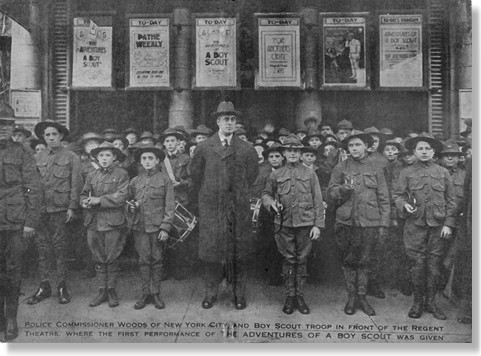
Scouts in front of theatre featuring the film - from the endpapers of Tom Slade
|
Copyright Claimant |
Copyright Date |
Copyright Number |
|
World Film Corp. |
1 May,1918 |
LU11929 |
|
Summary: |
Tom is a sixteen-year-old street tough, left to fend for himself by his worthless father, Bill Slade, after wealthy landowner John Temple evicts them. Tom scorns the Boy Scout movement, as does Temple and his effeminate son Wilfred. Because of his interest in Temple's daughter Mary, Tom gets a job and joins the Scouts after seeing that they are as strong and tough as he. On a camping trip, Tom sees his father and a gang of tramps attempt to rob Temple's home. The Scouts frighten them, and when they attempt another robbery, Slade is slightly wounded and Temple's servant is shot. Although the Scouts use a wireless to summon medical help, Temple remains steadfast in his opposition to them. After he and Wilfred get lost on a fishing trip, Mrs. Temple asks the Scouts to search for them. Temple meets Slade, and they fight until they both fall unconscious. After the Scouts rescue them, Temple relents in his opposition, Wilfred joins, and Slade decides to get a job. |
|
Background: |
Director Edward Warren left the Solax Co. in Jul 1913 to make this film, for which he was contracted by the National Boy Scouts of America. Shooting was completed in two weeks, and it was to be the first seven reel picture in America. Little information has been located concerning its release in this format. According to a news item, R. Dinwiddie was given the initiative of embodying the theory and practice of the boy scouts, and Campbell McCullough, a government official, was commissioned to write the story. The copyright entry and a news item credit Warren as the author of the story. The film was endorsed by the National Headquarters of the Boy Scouts of America, and commended by Theodore Roosevelt and Judge Ben B. Lindsay. President Woodrow Wilson appeared in the film. Boy scouts sold tickets to the film. Twenty-five percent of the proceeds went to the Boy Scouts of America, while seventy-five percent went to the exhibitor. A company of Boy Scouts acted in the film. The MPW index for Jul-Sep 1913 lists the film's title as Boy Scouts of America , but no information has been located concerning its release under that name. The film was edited down to 5 reels and re released in Feb 1915 as the Adventures of a Boy Scout to coincide with the fifth anniversary of the Boy Scouts of America. |
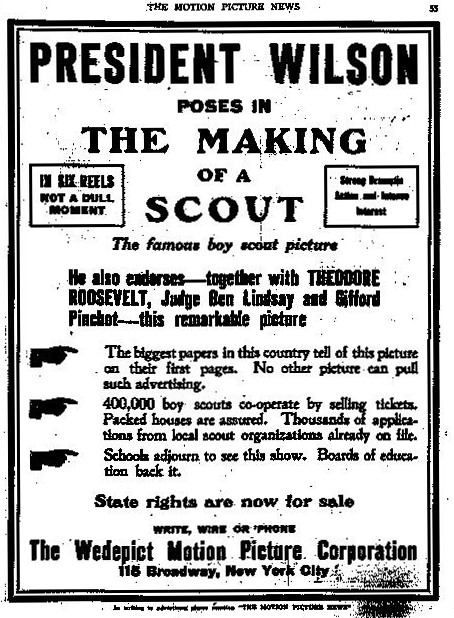
Ad from Motion Picture News Dec. 27, 1913
According to records, one-sheet and eight-sheet posters were produced, as well as 1/2 sheet loby cards - none are known to exist.
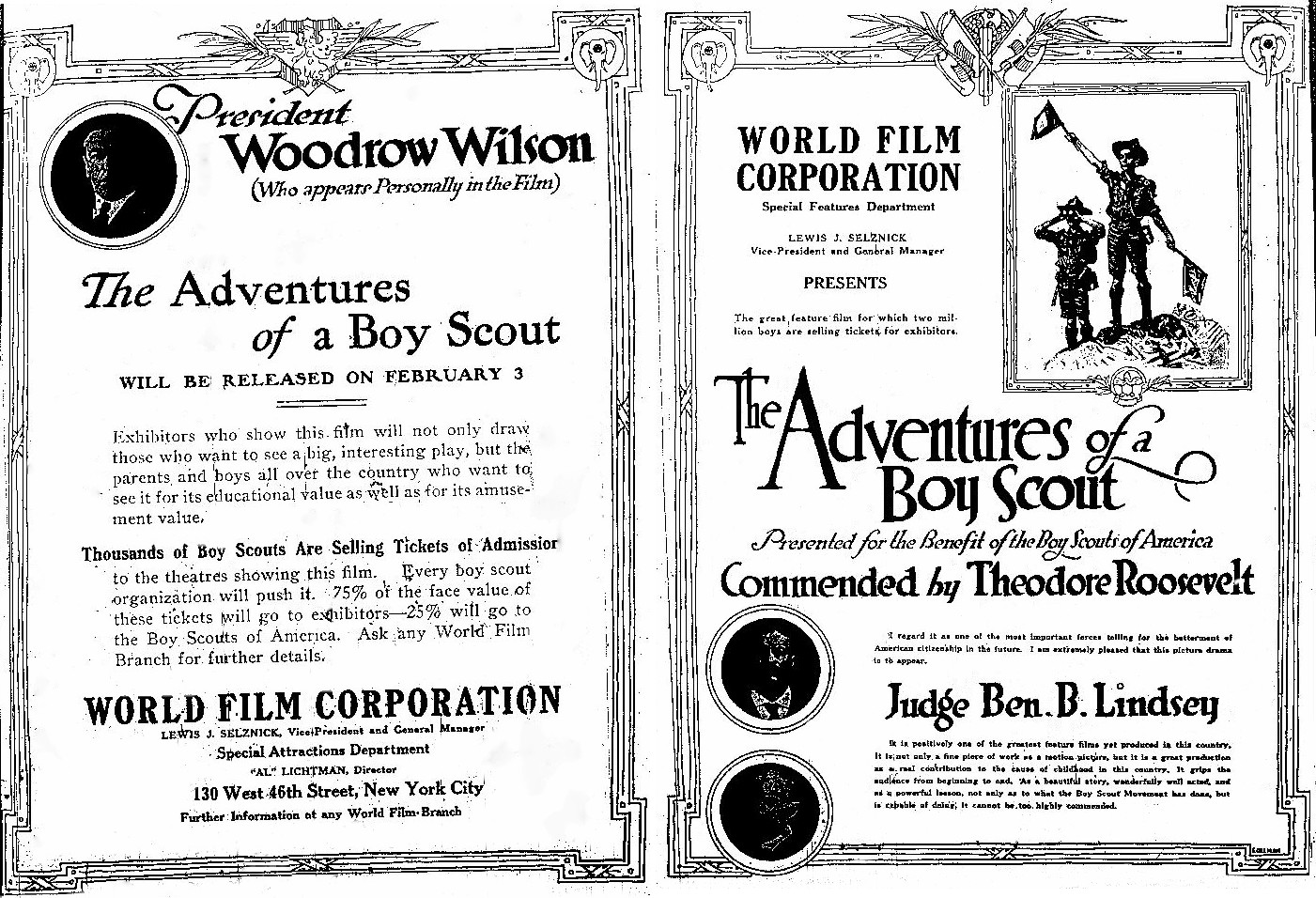
2 pg. Ad From Motion Picture World Feb. 6, 1915
-Boys’ Life September, 1913-
Scout Films to Aid Troops Everywhere
The story of Tom Slade, told on this page of BOYS’ LIFE is the story told in a moving picture film which is to be shown all over the United States this fall and winter. This is the longest film of a single subject ever made in the United States being 8860 feet long. It has been arraigned in seven reels and will run for more than two hours. Eighty-four characters -most of them real Boy Scouts- enacted the story at Glen Cove, L.I, near New York City. It took weeks and weeks to do it.
Of course the experiences of Tom Slade related here are but a small part of the whole story- but it is the main theme. Around it are woven demonstrations of every phase of the activities of Boy Scouts- virtually every bit of the work mentioned in the Handbook of r Boys “the greatest ‘boy’s book’ ever published.” The pictures show not only the physical activities, but the teachings and general foundation of the Scout Movement. By this popular and graphic means these teachings will be brought before hundreds of thousands of boys who have not yet been fortunate enough to be reached by Scout influences. The whole film was made with the sanction and under the supervision and censorship of the National Officers of the Boy Scouts of America. Besides carrying the message of “scouting,” it will offer local Scout organizations an opportunity to earn money for the maintenance of their work, this having been arraigned by the National Council. Commissioners and Scout Masters Can obtain information about it from National Headquarters
Below are the only sceens from the film that are known to exsist.
These stills were used as illustrations for the book
Tom Slade Boy Scout of the Moving Pictures

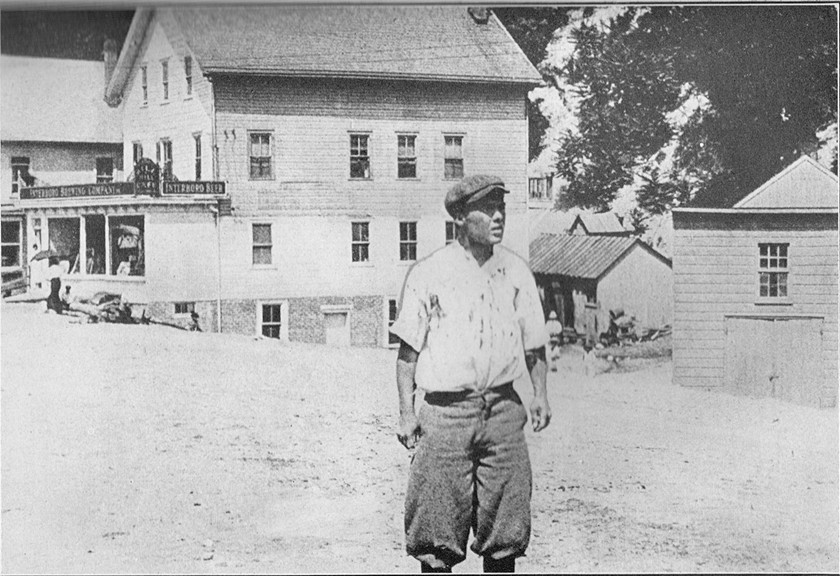
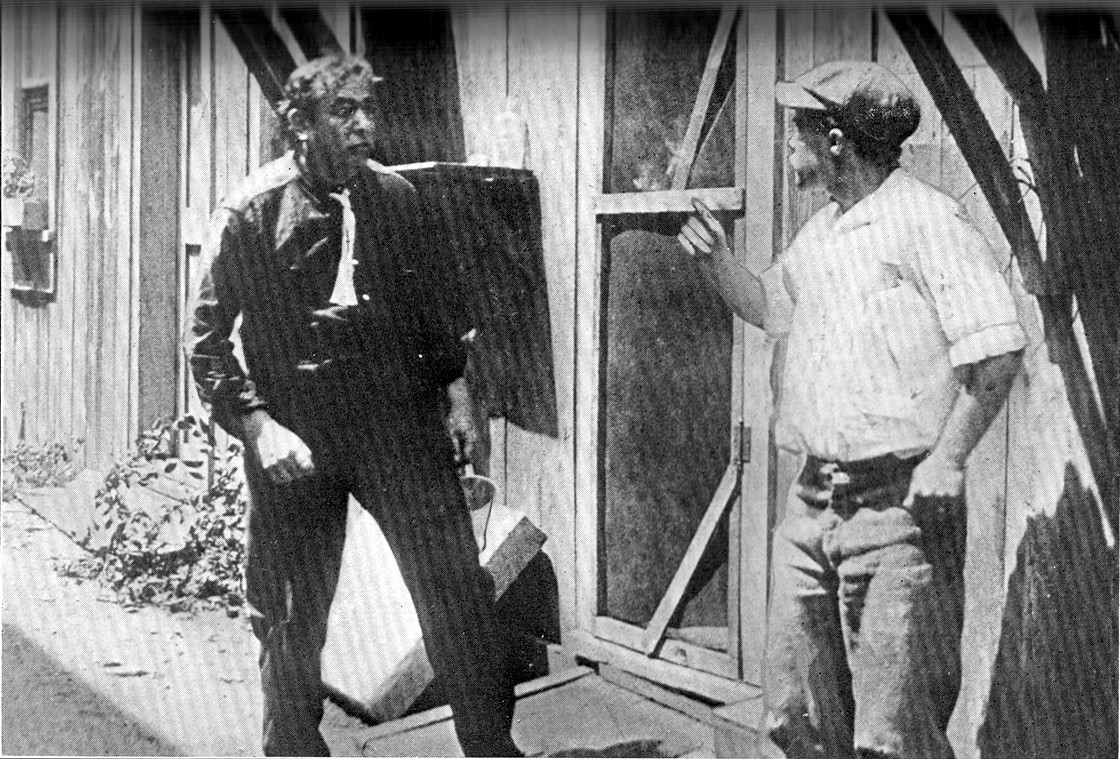
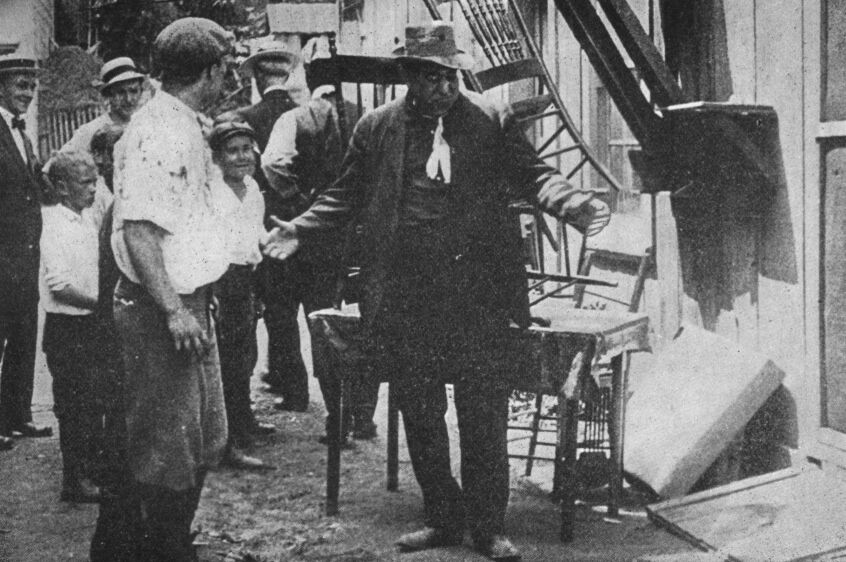
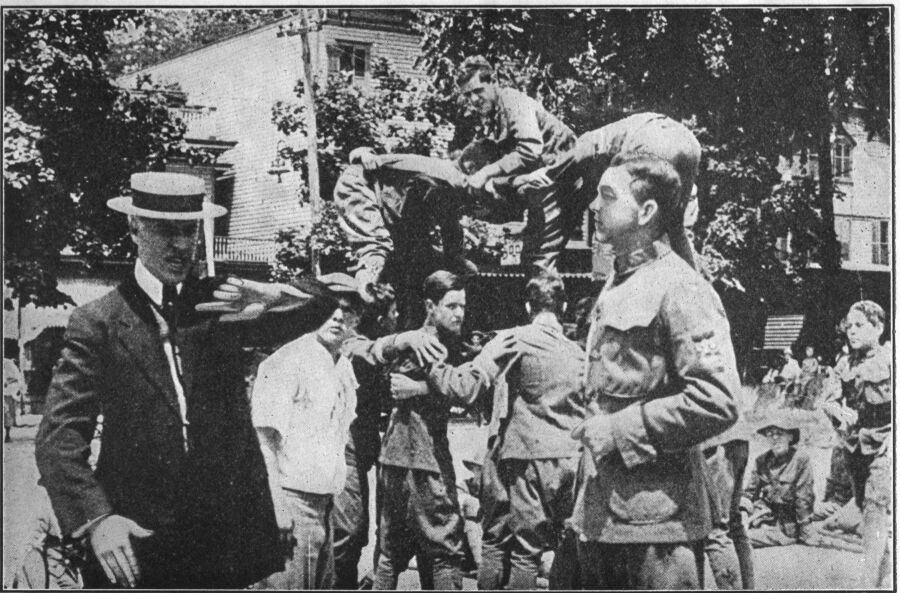
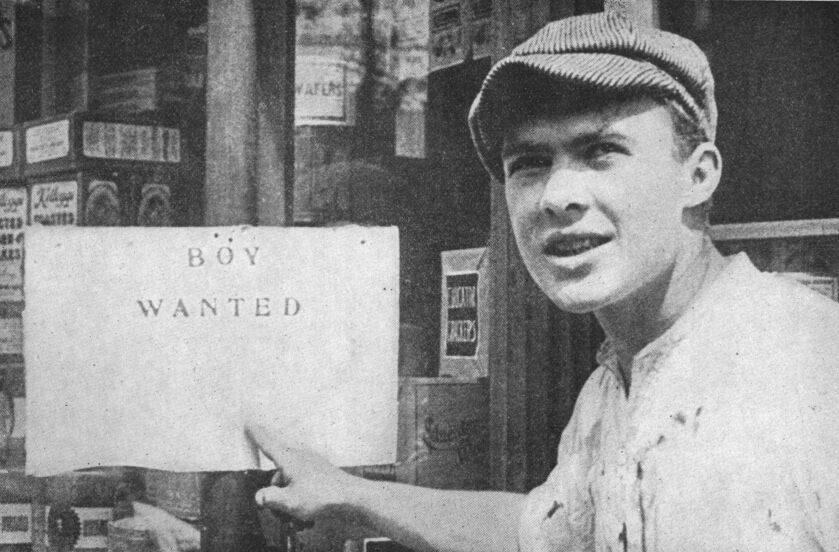
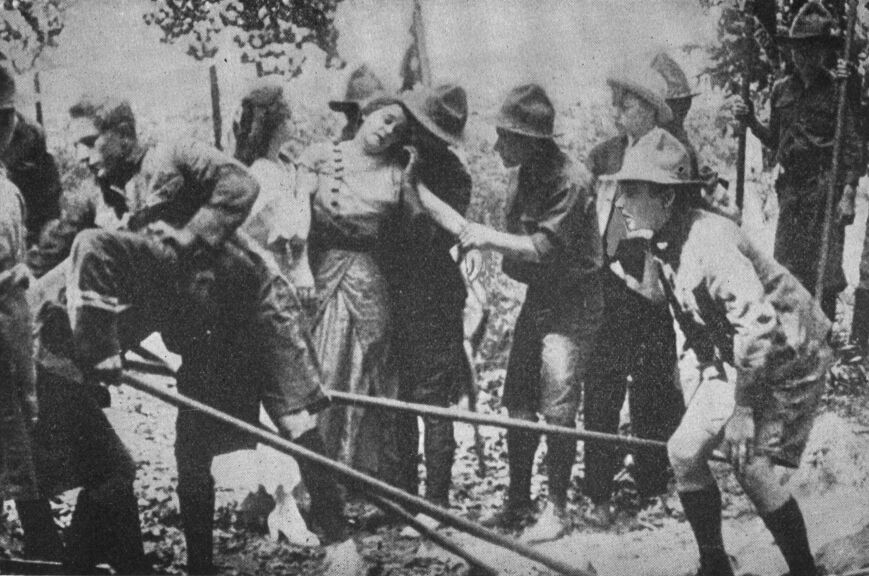
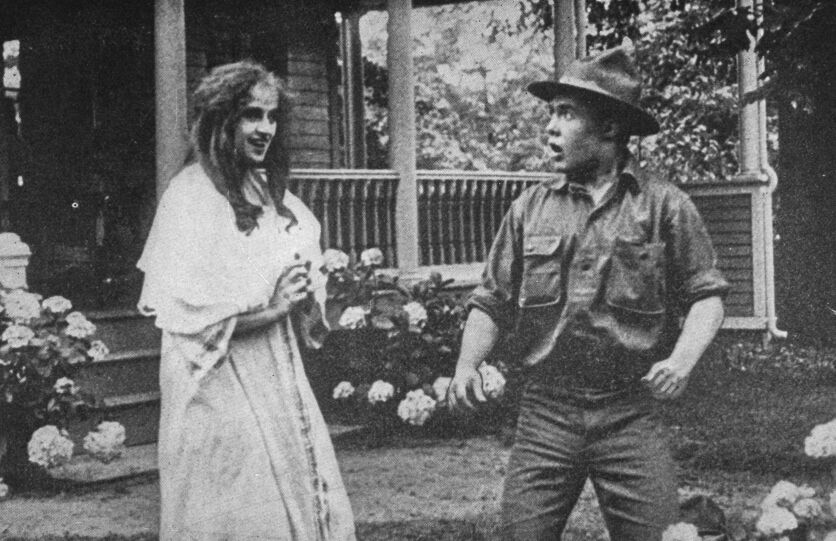
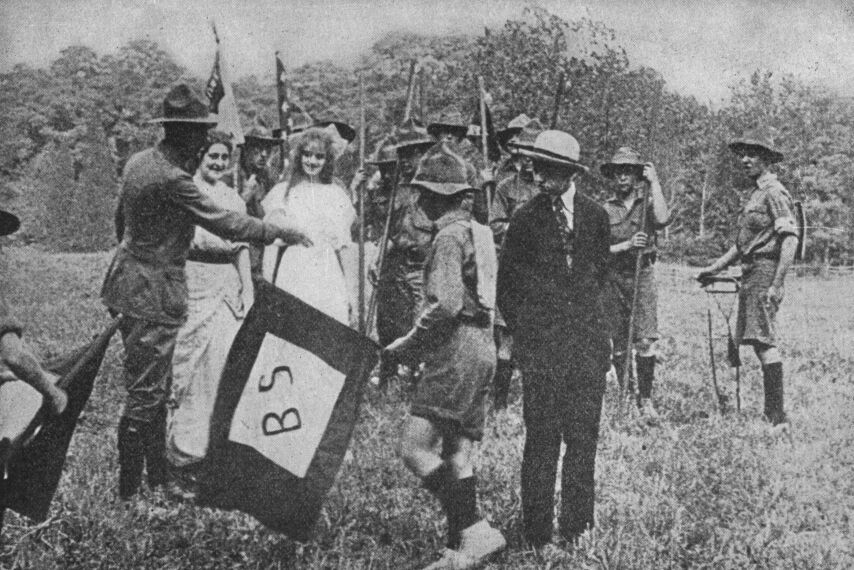
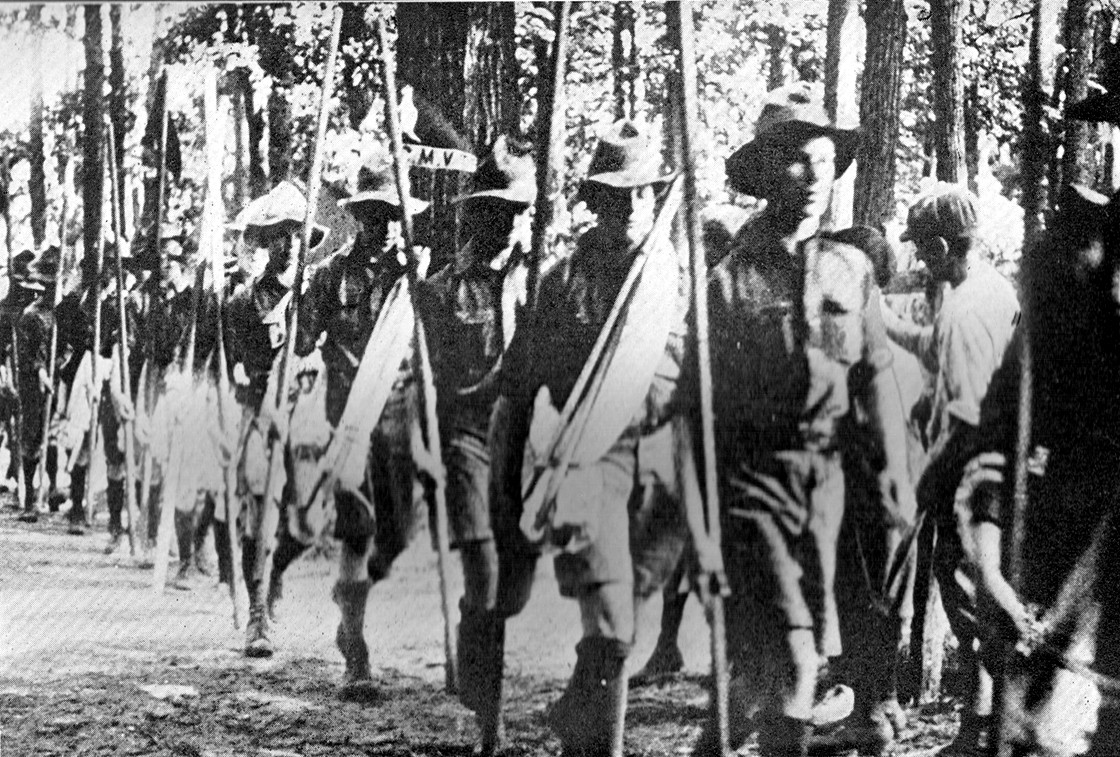
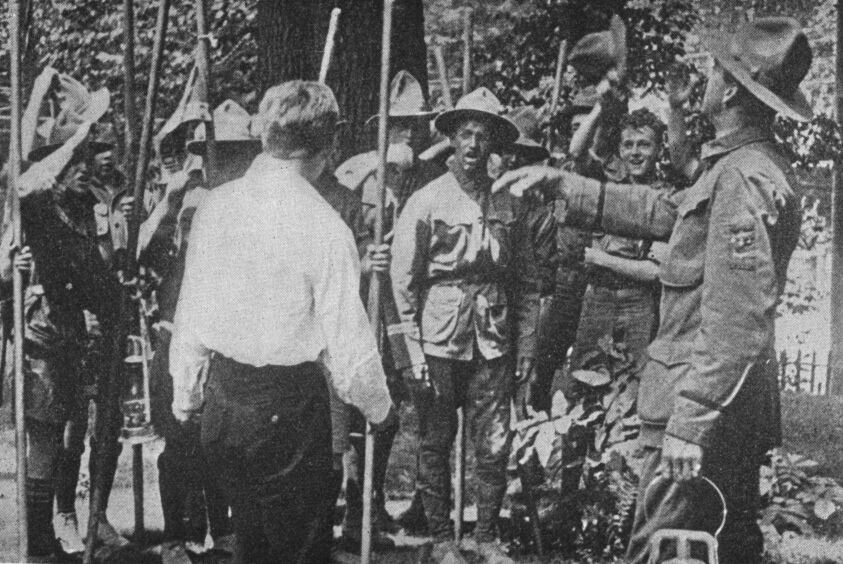
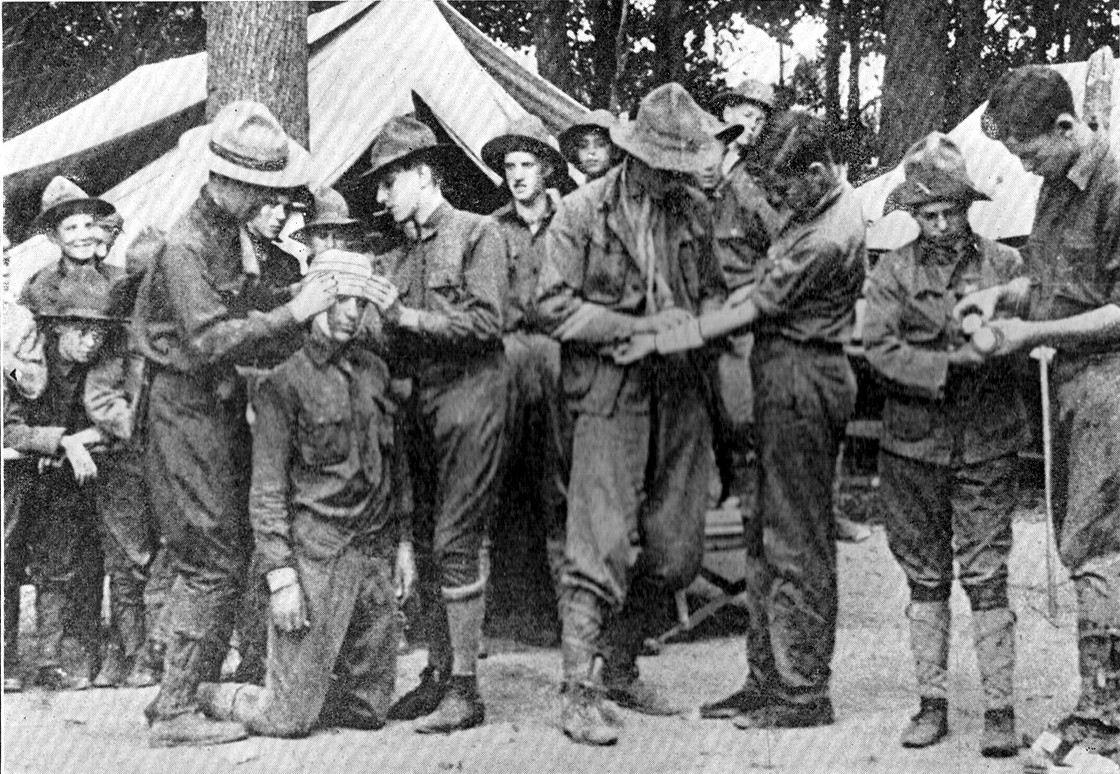
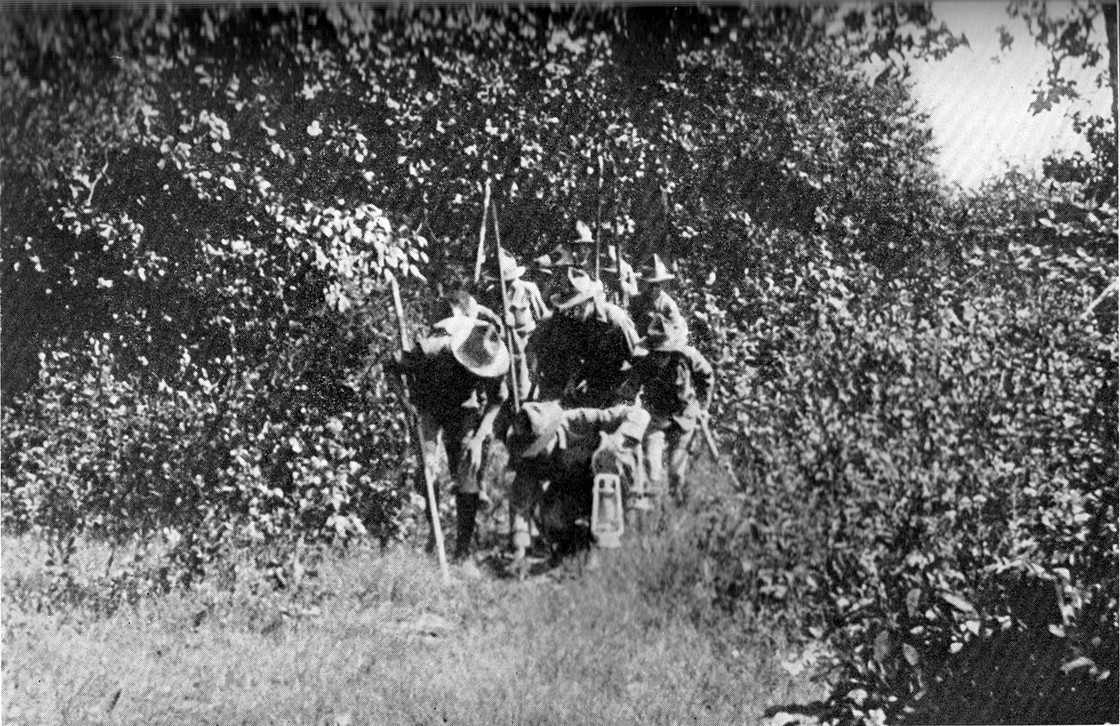
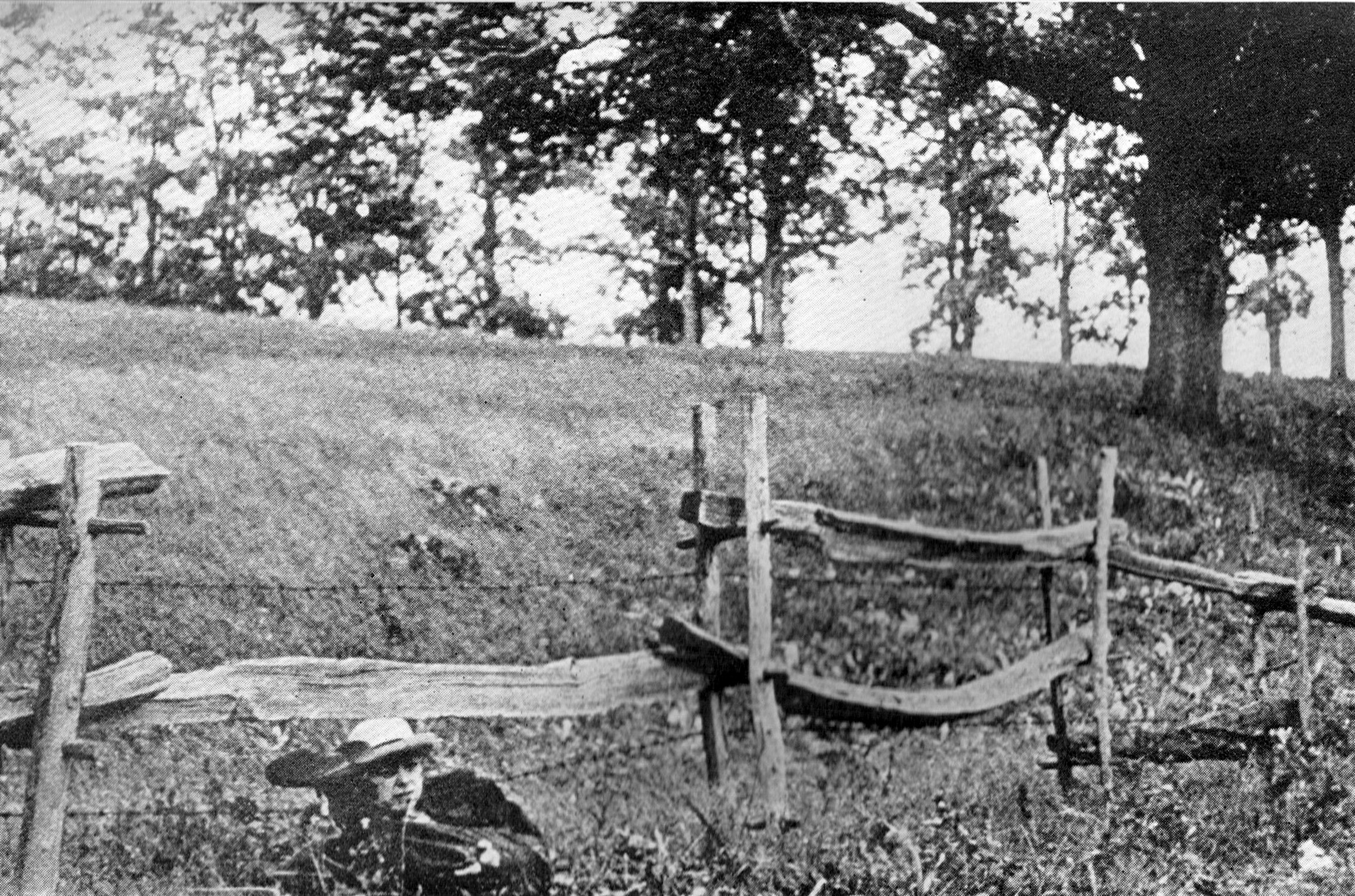
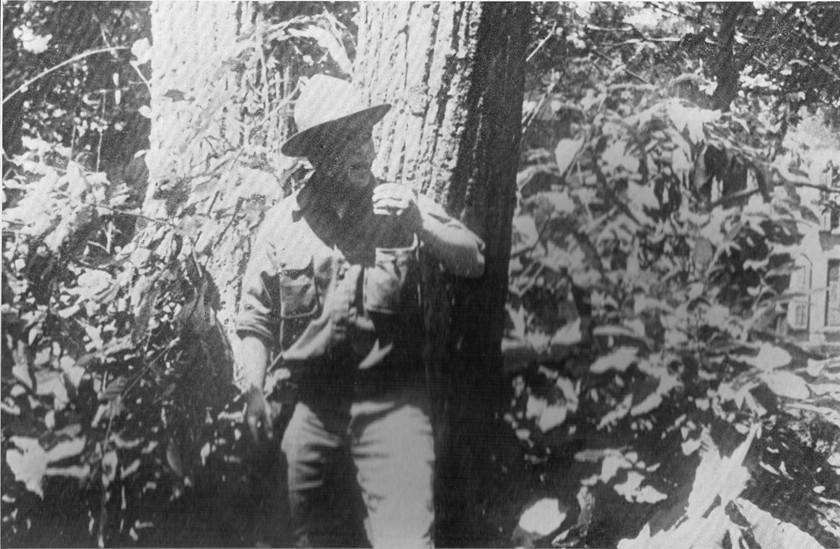
The Making of a Scout
A review by W. Stephen Bush circa 1913
The seven reel feature entitled “The Making of a Scout” shows the teaching power of the motion picture. It shows more. It furnishes proof that at least one great civic organization with a noble mission in our modern life has practically recognized the value of the motion picture as the best known means of spreading a knowledge of facts and ideas. The national Council of the Boy Scouts of America deserves no small credit for being one of the pioneers of the educational field. I have no doubt whatever that their example will be followed by other civic organizations and indeed by all bodies and men who have a message for the public.
The superb handling of the task by Mr. Edward Warren former director of the Solax Company, assures success of other, similar tasks. In this production Mr. Warren has displayed a skill and intelligence very far above the average. He has had the assistance of the officials of the organization in getting all of the work of the Boy Scouts on the screen in a correct manner, but outside of that the credit for the wonderful success of this venture is due to him alone.
Seven reels or even six or five reels showing nothing but the different exercises of the Boy Scouts would have been impossible for the general public and tiresome even to those specially interested. It was of course necessary to make the dramatic story the main thing and bring in the work of the Boy Scouts as natural incidences. Mr. Warren knew exactly what to do. Although the production is nothing more than a means of propaganda for the scout movement, he never obtrudes this fact in the slightest degree. On the contrary, there is not a man, woman, or child in the audience who is not first of all interested in the plot. You begin to feel like cheering for the Boy Scouts very early in the second reel, but not because they are boy scouts, but because they always come in at the right moment to do the right thing. The hero of the story is a boy born and raised in the vicious surroundings that in the congested centers of our population go too often hand in hand with poverty. From the first, our sympathy goes out to this boy, who, by the way is one of the very best boy actors I have ever seen in my career as a critic. He is a sturdy, fine-looking boy with a good earnest face. It is plane from the first that he will rise above his distressing environment and that he has the making of a real man in him. Mr. Warren makes the Boy Scout Movement and its inculcation of the principles of self-reliance and helpfulness the medium through which the good stuff of the boy is brought out and developed into the full flower of fine young manhood.
It’s not surprising then that the prominent men in the movement are most enthusiastic in the praises of the motion picture. The pictures are however interesting to everybody. The dramatic situations are always present and the suspense never fails to arrive. If I wanted to lecture on the value of the picture as an educator I would want to have such a production as Mr. Warren’s with me to give a practical demonstration and reinforce my arguments.
The motion picture owes a debt to the young folks in every community who have too often been fed with so-called Western drivel and to whom cheap heroes of a false type have been held up for admiration. “The Making of a Scout” makes some atonement for the sins of the past.
Motion Picture News
February 20, 1915 - Volume XI NUMBER 7 - Page 54
The Adventures of a Boy Scout
(World Film – Five Reels)
REVIEWED BY CLIFFORD H. PANGBURN
This is a purely educational subject intended to show the activities of the Boy Scouts in the most favorable possible light. There is no question that this organization is a splendid thing and is doing much good among the boys of this country. That very fact makes it seem a trifle superfluous to paint the scouts in such rosy colors as is done in this picture.
The general idea conveyed is that scout training will make a man of any boy, whether he is a dirty and warped “mucker” of the slums, or an effeminate product of tutors and nurses in a rich man’s home. There is no doubt that this is to some extent true, but unfortunately the boys do not reform their father’s with such ease as do those boys in this picture.
To anyone interested in the Boy Scouts the many views of a squad at their various activities, both working and playing, are full of interest.
Motion Picture World
August 16 1913 - Vol. 17 No. 7 - Page 725
Edward Warren Leaves Solax
One of the best known directors in the business is Edward Warren, for the past two years general director of the Solax Company of Fort Lee, NJ. A month ago Mr. Warren tenderedhis resignation to the Solax in order to accept a contract from the directors of the National Boy Scouts of America to produce a picture showing the general activities of the Boy Scouts. Mr. Warren’s work for the Boy Scouts was completed in two weeks and in that time he turned out the first seven reel picture that has ever been made in America. For this work he received a large sum of money and retained a forth interest in the exhibition profits. There is a well defined story running through the picture which was written by the producer.
During his two years with the Solax Mr. Warren produced more than 150 single reel pictures and many of the features, prominent among which are; “The Sewer”, “The Equine Spy”, and “Brennan of the Moore”, “Kelly from the Emerald Isle” and “Beasts of the Jungle”. Lest there be any misunderstanding, Mr. Warren desires us to state that he left Solax on the best of terms with the management. He entertains the same high regard for Mr. And Mrs. Blache that he has always had for them and as evidence of that fact states that Solax is now doing the laboratory work on the Boy Scout picture.
Prior to joining Solax, Mr. Warren had been an actor and producer in theatrical work for upwards of 20 years. He has been associated with such well known people as Daniel Frohman, Annie Russell, Lillian Russell, Viola Allen, Robert Mantell, Fanny Davenport, Mme Rhea, Arthur Rehan, and others. Mr. Warren is now open for offers and may be addressed at 100Morning side drive, New York City
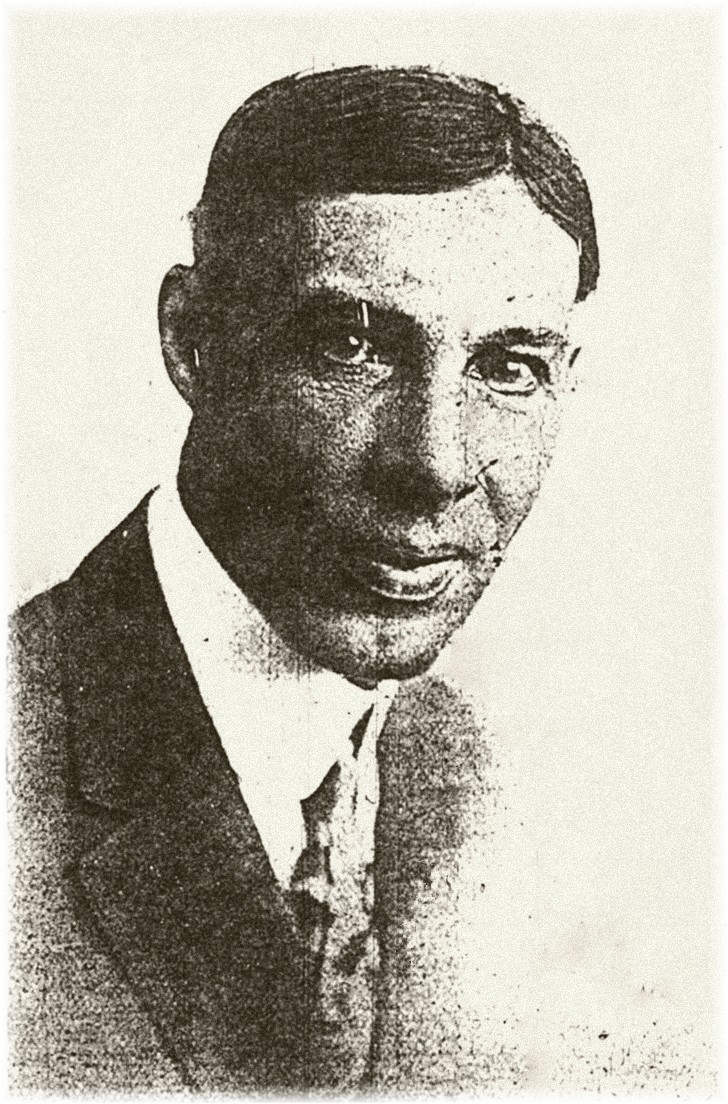
Edward Warren
HOME - BOOKS - BOOK NOTES - THE FILM - OBITUARIES - TIMELINE - VALUES - LINKS - SOURCES -
CONTACT/HELP - INDEX - STUFF FOR SALE - WHAT'S NEW?
|
